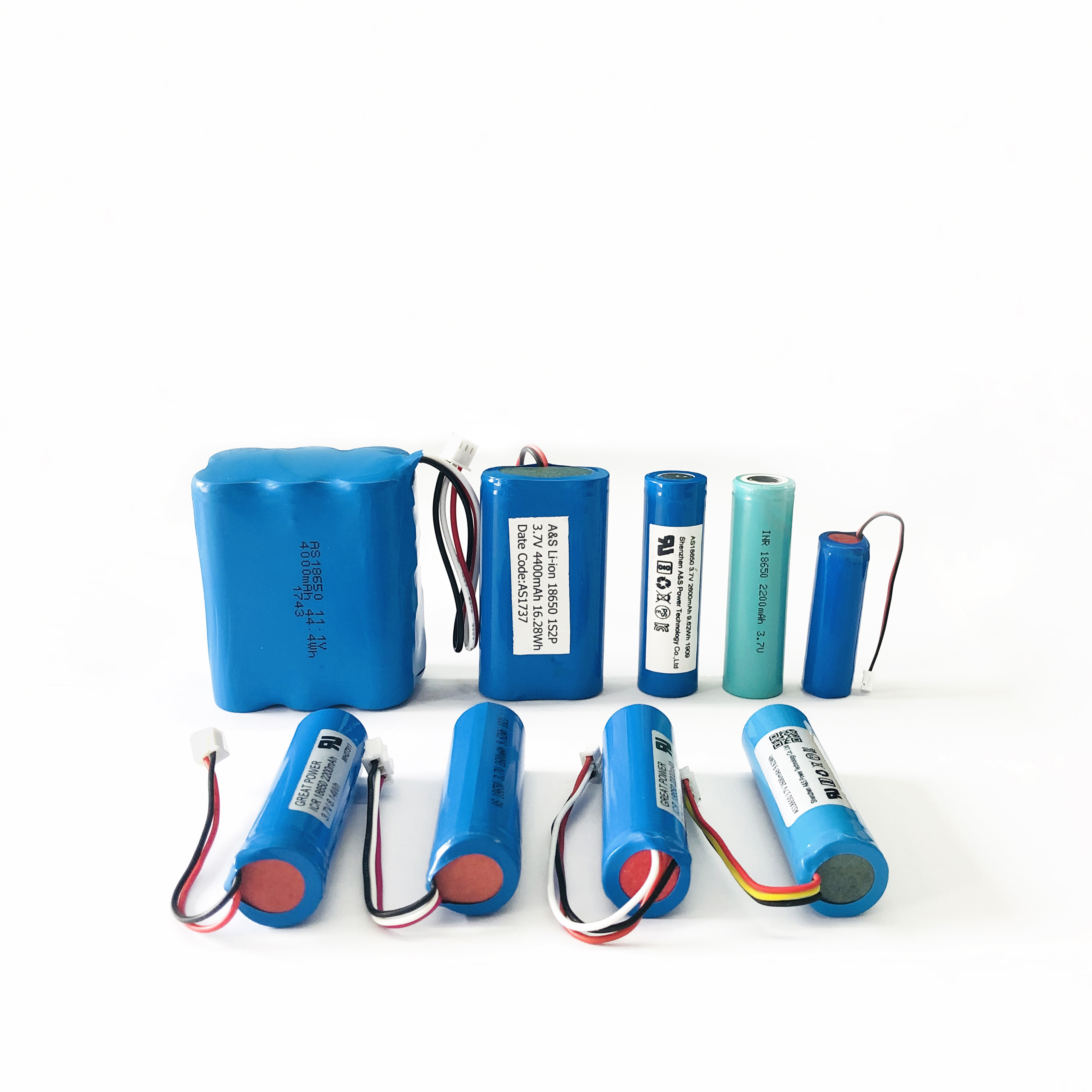The reason for the low capacity of lithium ion batteries in winter
2021-08-14
The reason for the low capacity of lithium ion batteries in winter
Since lithium-ion batteries entered the market, they have been widely used because of their long life, large specific capacity and no memory effect. The low temperature use of lithium ion battery has many problems, such as low capacity, serious attenuation, poor cycle rate performance, sharp lithium precipitation and unbalanced lithium extraction. However, as the scope of use continues to expand, the low temperature performance of lithium-ion batteries brought more and more clear limitations.
It has been reported that the discharge capacity of lithium-ion batteries at -20°C is only 31.5% of that at room temperature. Conventional lithium-ion batteries operate at temperatures between -20 °C and +55°C. However, in the aerospace, industrial and electric vehicle categories, batteries are required to work properly at -40°C. Therefore, it is of great significance to improve the low temperature performance of lithium ion batteries.
Factors limiting the low temperature performance of lithium ion batteries
At low temperatures, the viscosity of the electrolyte increases and even partially solidifies, resulting in a decrease in the conductivity of lithium-ion batteries.
At low temperatures, the compatibility between the electrolyte, anode and separator deteriorates.
At low temperature, the negative electrode of lithium ion battery precipitates seriously, and the precipitated lithium metal reacts with the electrolyte, and the product deposition leads to the increase of the thickness of the solid electrolyte interface (SEI).
At low temperatures, the diffusion system within the active materials of lithium-ion batteries is reduced and the charge transfer resistance (Rct) is significantly increased.
Discussion on the decisive factors affecting the low temperature performance of lithium ion batteries
Expert opinion 1: Electrolyte has the greatest impact on the low-temperature performance of lithium-ion batteries. The composition and physical and chemical properties of electrolyte have a critical impact on the low-temperature performance of batteries. The problem with the battery cycle at low temperatures is that the viscosity of the electrolyte increases and the ion conduction rate slows down, leading to a mismatch in the electron migration rate of the external circuit, so the battery will become heavily polarized and the charge/discharge capacity will drop sharply. Especially when charged at low temperature, lithium ions are prone to form lithium dendrite crystals on the surface of the negative electrode, leading to battery failure.
The performance of electrolyte at low temperature is closely related to the conductivity of electrolyte itself. The high conductivity of the electrolyte allows ions to be transported more quickly and to exert greater capacity at low temperatures. The more dissociated lithium in the electrolyte, the greater the migration times and the higher the conductivity. The higher the conductivity, the faster the ionic conductivity, the smaller the polarization, and the better the performance of the battery at low temperature. Therefore, high conductivity is a necessary condition to achieve good low temperature performance of lithium ion batteries.
The conductivity of electrolyte is related to the composition of electrolyte. Reducing the viscosity of solvent is one of the ways to improve the conductivity of electrolyte. At low temperature, good solvent mobility is the guarantee of ion migration, and the solid electrolyte film formed on the negative electrode at low temperature is also the key to affect the conduction of lithium ions. RSEI is an important impedance ion battery for lithium in low temperature environment.
Panelist 2: The important factor limiting the performance of lithium-ion batteries at low temperatures is the sharp increase in the Li+ diffusion resistance at low temperatures, not the SEI film.
As far as the current technology is concerned, the lithium-ion battery can only be replaced with a new battery if there is a problem. There is no technology on the market that can repair the lithium-ion battery!
Follow us and explore more! 👉 Facebook












